EVENTS:
Vernal
Equinox: 20 March 201311:02 GMT
8
June 2013
Adur
World Oceans Day
Family
event. Find out what lives in the sea and seashore, with live lobsters
and crabs, a rock pool aquarium, whale and dolphin exhibition, touch table
and activities for children.
.jpg)
The
thirteenth Adur World Oceans Day 2013 will take
place in the marquee on
Coronation
Green, by Shoreham
Footbridge at the High Street
end on the second Saturday
of the Adur Festival.
World
Oceans Day on Facebook
United
Nations: World Oceans Day.
LATEST
NEWS:
30
March - 8 April 2013
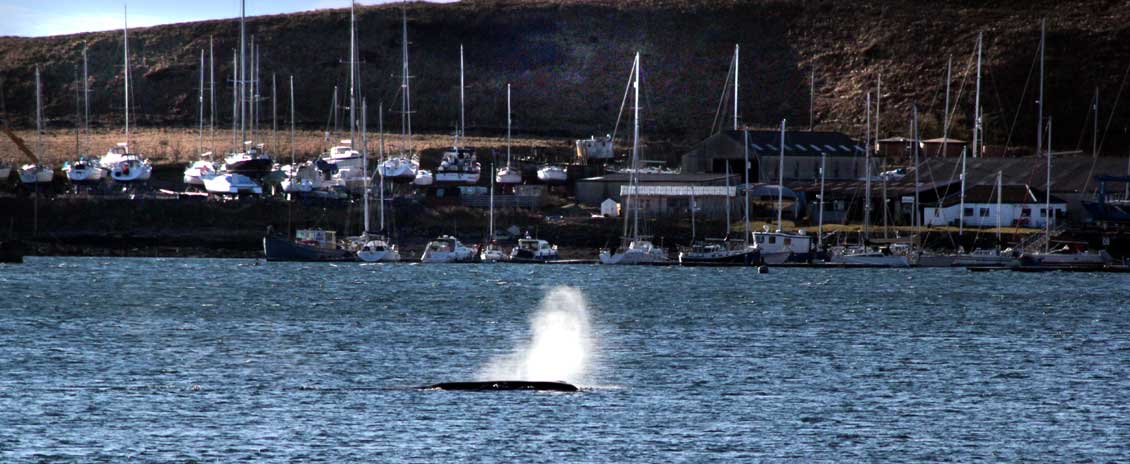
Sperm Whale blowing in
Oban Harbour
Photograph
by Wendy
Clark Photography
A 10
metre long deep water Sperm Whale, Physeter
catodon, made an unexpected and surprising
visit to the shallow waters of Oban
Bay in south-west Scotland. It has been unable to negotiate its way out
of the horseshoe-shaped bay and has attracted many visitors over a sunny
Easter.
23
March 2013 - 3 April 2013 et seq
A
Bearded Seal, Erignathus
barbatus, made an appearance at TBS Salmon farm in Basta
Voe, in Yell
in the Shetland Isles.
This
Arctic seal is a rare visitor to even the most northernmost Scottish islands.
Image

Bearded
Seal
Photograph
by James Simison
Click
on the image for a set of six photographs
BMLSS
Seals
5
March 2013
Two
Humpback
Whales, Megaptera
novaengliae, were seen blowing off
Ushat
Head
near
Brims Ness, Caithness,
the northerly tip of mainland Scotland. This
is unusual in winter and not seen often even in summer.
Whales
& Dolphins in British Seas (by Steve Savage)
3
March 2013
A
Walrus,
Odobenus
rosmarus rosmarus, was spotted hauled
out at Brides
Ness, North
Ronaldsay, the most northern of the Orkney
Islands. It's thought to likely be a male due to the pinkish nodules
on the neck and shoulders. The animal does not appear to have sustained
any injury and could just be not used to encountering humans; probably
why we got so close. The Walrus
is an Arctic sea mammal and is only very rarely
seen in the seas surrounding the British Isles. It feeds mostly on molluscs.
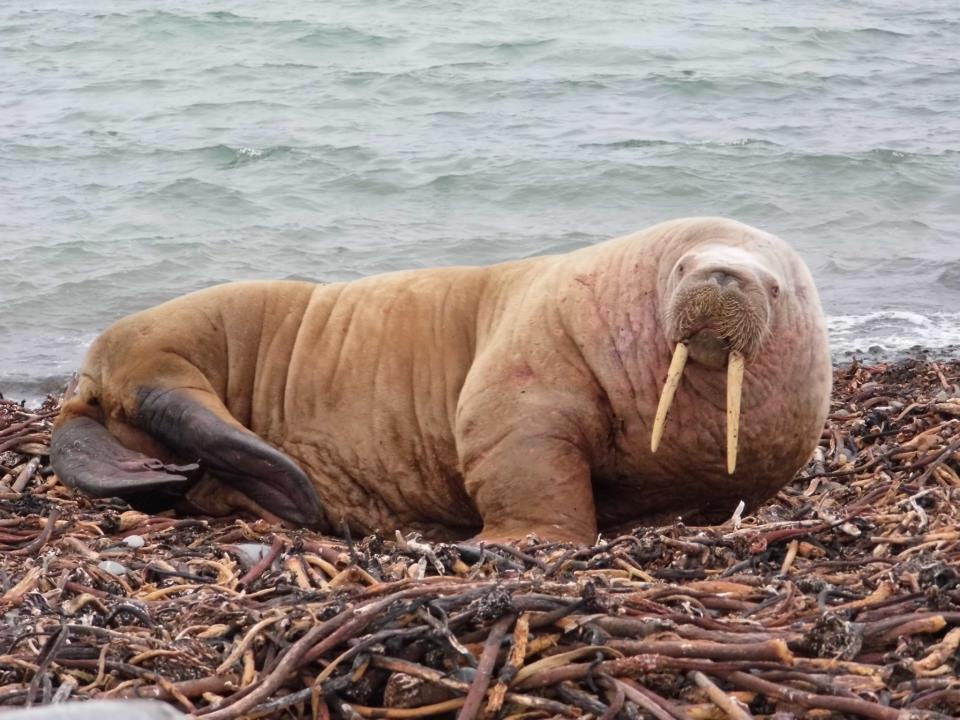
Walrus
Report
and Photograph
by Gavin Woodbridge
(BBC
Radio Orkney) on facebook
with
Fleur
Warren and Mark Twitch
Warren
"The
sandy sea bed around North Ronaldsay
has food for him too, they will take Spoots,Ensis,
but are especially fond of Blunt Gaper, Mya
truncata, and there's plenty around
there."
"This
is the first confirmed sighting since 1986
in Orkney."
North
Ronaldsay Bird & Walrus Sightings
Walrus
Report from Ireland in 1999
BMLSS
Seals and other Pinnipeds
25/26
February 2013
At
the meeting of the European
Commission Agriculture and Fisheries Council the decision was made
to make a decisive stance on the important matter of fishery
discards. Ministers said a ban on "discards" should be phased in,
starting in January 2014
for pelagic fish, and for white fish stocks from January
2016. There was agreement in principle but
there were complicated management procedures to discuss and implement.
EU
Fishing Rules
25
February 2013
A
juvenile 2.3 metre long
Risso’s Dolphin, Grampus
griseus, was washed up dead amongst
the rocks at Lamorna Cove
in west Cornwall by members of the Cornwall
Wildlife Trust Marine Strandings Network. As it was such a young
dolphin it didn't carry the heavy scarring typically seen in older animals
of this species. The sparse number of teeth, which are found only in the
bottom jaw, helped to confirm the identification.
Risso's Dolphins are
usually solitary or found in small groups and are widely distributed from
the western areas of the English Channel to the north of Scotland.
Whales
& Dolphins in British Seas (by Steve Savage)
23
February 2013
James
Isbister struggled for 20 minutes to land
a huge two metre long Ling,
Molva
molva, while fishing off Muckle
Flugga, Shetland,
It weighed 30 kg (67 lb) and is awaiting confirmation as a new British
angling record. The current record fish
weighed 27 kg and was caught in 1989.
A line
fishermen, Ingibergur
G. Thorvaldsson, caught
a Ling of 51
kg in 2009 off
Iceland.
World
Angling Record 2002
17
- 19 February 2013

Fin Whale washed ashore
on the sand of Wigtown Bay
Photographs
by Keith Kirk on
flickr
A malnourished
sub-adult Fin Whale, Balaenoptera
physalus, washed up dead in the shallow Wigtown
Bay in south-west Scotland. The 17.5 metre long whale was discovered
on the mud flats near Carsluith
on the Solway coast.
18
February 2013
A
small pod of Sperm Whales, Physeter
catodon, were spotted by creel
fishermen off the north-east coast of Scotland, between Loch
Torridon and South
Rona (Inner Hebrides)
"Groups
of Sperm Whales
had been seen off Scotland in the summer, but it was unusual for them to
be spotted at this time of year," said Nick
Davies (Hebridean
Whale Cruises) who identified the whales
from photographs.
Dr
Peter Evans (Sea
Watch Foundation) said: "In
past decades, most records of Sperm Whales
in British seas have been of lone adult males around Scotland, mainly off
the Orkney Islands, Shetland
and the Hebrides. Increasingly,
however, adolescent males have occurred in our waters, sometimes in groups
of five to ten individuals. The latest sighting was notable not just because
it was made in winter, but also because of how close the whales were to
shore."
Sperm
Whales are very deep divers and may stay submerged
from 20 minutes to over an hour so they are not often seen at the surface,.
They are only occasionally seen around the British Isles in deep water
areas.
Dr
Evans added: "The increased occurrence of
winter sightings in Scottish waters could be a reflection of climate change,
with their main prey, squid,
becoming more abundant locally in recent years, resulting in animals staying
through the winter to feed rather than travelling into warmer southerly
latitudes."
BMLSS
Cetaceans
6 February
2013
The European
Parliament voted for ambitious reforms of the controversial EU
Common Fisheries Policy in order the protect the fish stocks.
Gales
at Force 9
batter north-east England.
Waves
crash against Seaham Harbour, County Durham, ahead of a spell of snow and
wind in Britain (Image)
4
February 2013
Gales
batter the Scottish coast and storm force winds create some very high waves
out
in the north-east Atlantic Ocean, one (200
miles west of the coast of Scotland) recorded at 14.3
metres (nearly 47 ft) and the highest in the
world for the day.
NB:
the same buoy K5 recorded a wave of 17.4 metres
(57 ft) in 2007.
Mega
Seaweed Swell Report for 24 January 2013
2
February 2013
A
badly
decomposed 20 metre long whale washed
up on Putsborough Beach,
North
Devon. A backbone, part of a rib
and tailbone were identified but the remains were not enough to identify
the species.
Picture
Gallery
30
January 2013 >
A
sea
bird wreck occurred along the Jurassic
Coast of Dorset and further away off Devon and Cornwall. Hundreds
of birds have been washed ashore in a poor condition because they were
coated in an oily waxy substance. Most of the hundreds of bird victims
were Guillemots, Uria
aalge,
who dive under the water far out to sea.
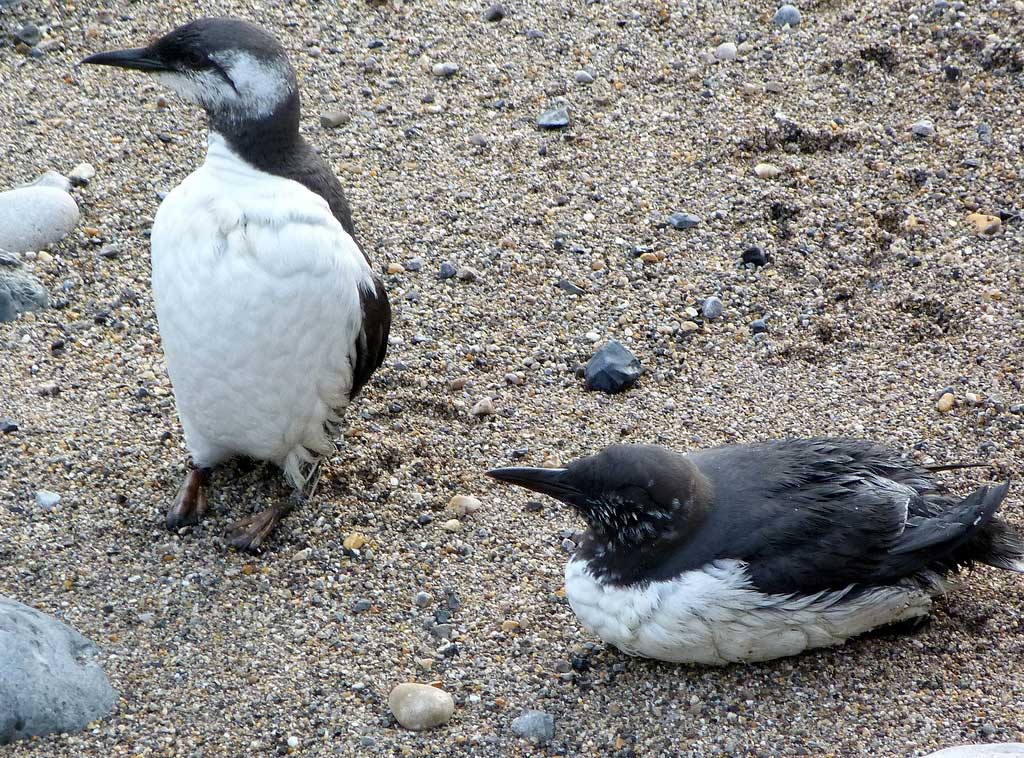 |
The
sea was very very rough and these two Guillemots were
looking bedraggled and tired in a sheltered cove on Portland
Bill, and so I thought that was the reason they were there but have
now been informed that there have been hundreds of these found covered
in a waxy substance between Cornwall and Hampshire so its likely that these
two have been affected.
Photograph
and comments by Pam
Parsons on flickr
|
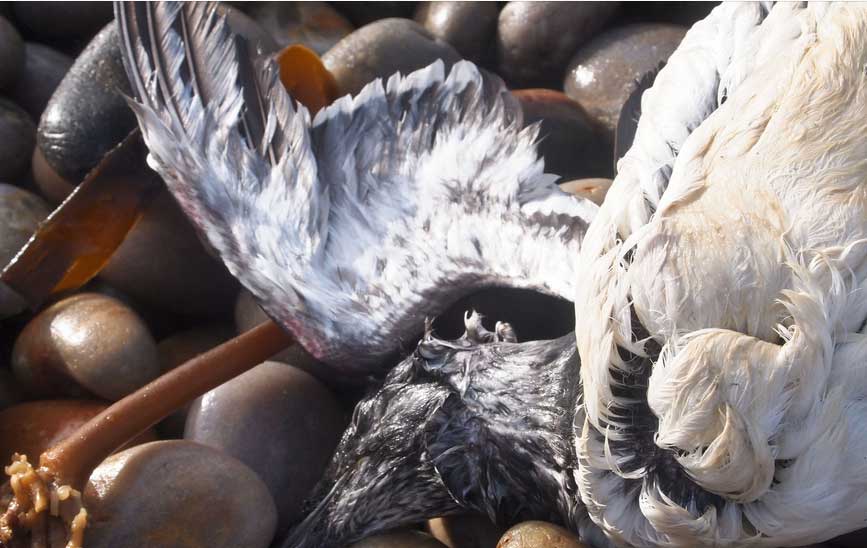
|
This
Guillemot
was
washed ashore dead at
West
Weares,
Chesil Beach,
Isle
of Portland,
Dorset. There is not always an obvious cause of death, but the bird probably
perished because it got caught in the polluted sea. Even
small coatings of the waxy substance would have prevented the bird fishing
and preening. Guillemots will
live and feed offshore in the first two months of the year rarely coming
close to land, unless injured or blown in by a gale.
Photograph
and comments by Jason
Hoad on
flickr
|
Plymouth
University have identified the sticky substance as a form of polyisobutene
(PIB), which was used as a lubricating additive in oils to improve performance.
It
is slow to biodegrade and difficult to remove from the affected birds which
will die without treatment. Many of the birds
were washed ashore already dead.
History
of the Spillage
23
January 2013
Very
large Atlantic Cod,
Gadus
morhua,
have been caught off the Sussex coast. A notable specimen fish landed by
Dominic
Camilleri of the South
Coast Angling Club, based at Shoreham Harbour,
weighed in at 18.5 kg (40 lb 12 oz).
The
English
Channel is not usually noted for its Cod.
Image
The
record
rod and line caught Cod in British seas was caught off Whitby
in 1992 and this fish from the North
Sea weighed 26.5 kg (58 lb
8 oz). The largest
angling catch in the English
Channel weighed in at 19.8 kg (43 lb
9 oz), caught as recently as 2012
and exceeded the second largest at the time of 15.9 kg (35 lb).
A massive
Atlantic
Cod
weighing
44 kg was caught
by an angler off Lofoten, Norway. A 41 kg (91 lb) Cod
was caught by an angler off the island of
Sørøya.
Big
Fishes of the World
Image
According
to Wikipedia, the
Atlantic
Cod can grow to two metres in length and weigh
up to 96 kg (210 lb). i.e. this largest
Atlantic Cod
ever
caught was landed by a long-line fisherman
off the Massachusetts coast in 1895.
A 41.7
kg (91 lb 15 oz) Cod was
caught by an angler off the island of Sørøya, Norway in
2012.
Largest
European Cod 2012 (Daily Mail Report)
History
of Cod Fishing


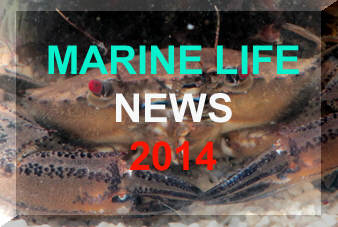
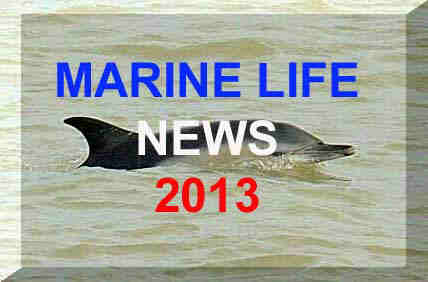

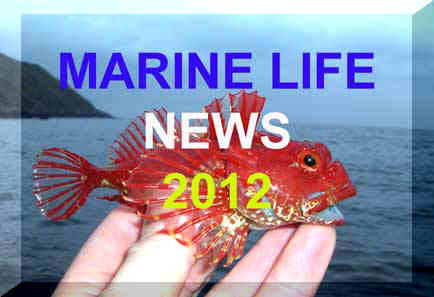









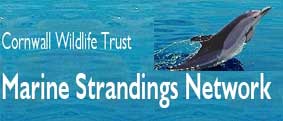
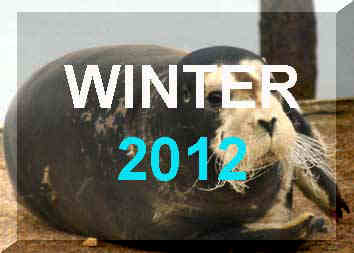
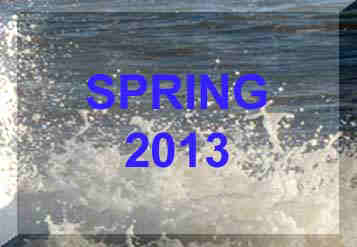
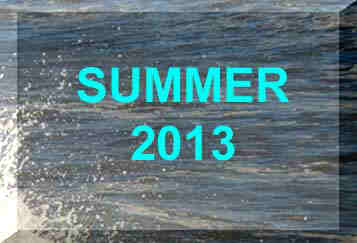
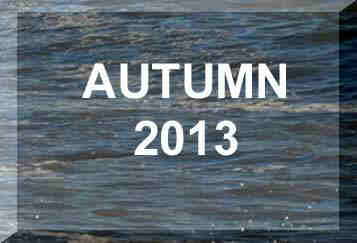
.jpg)










